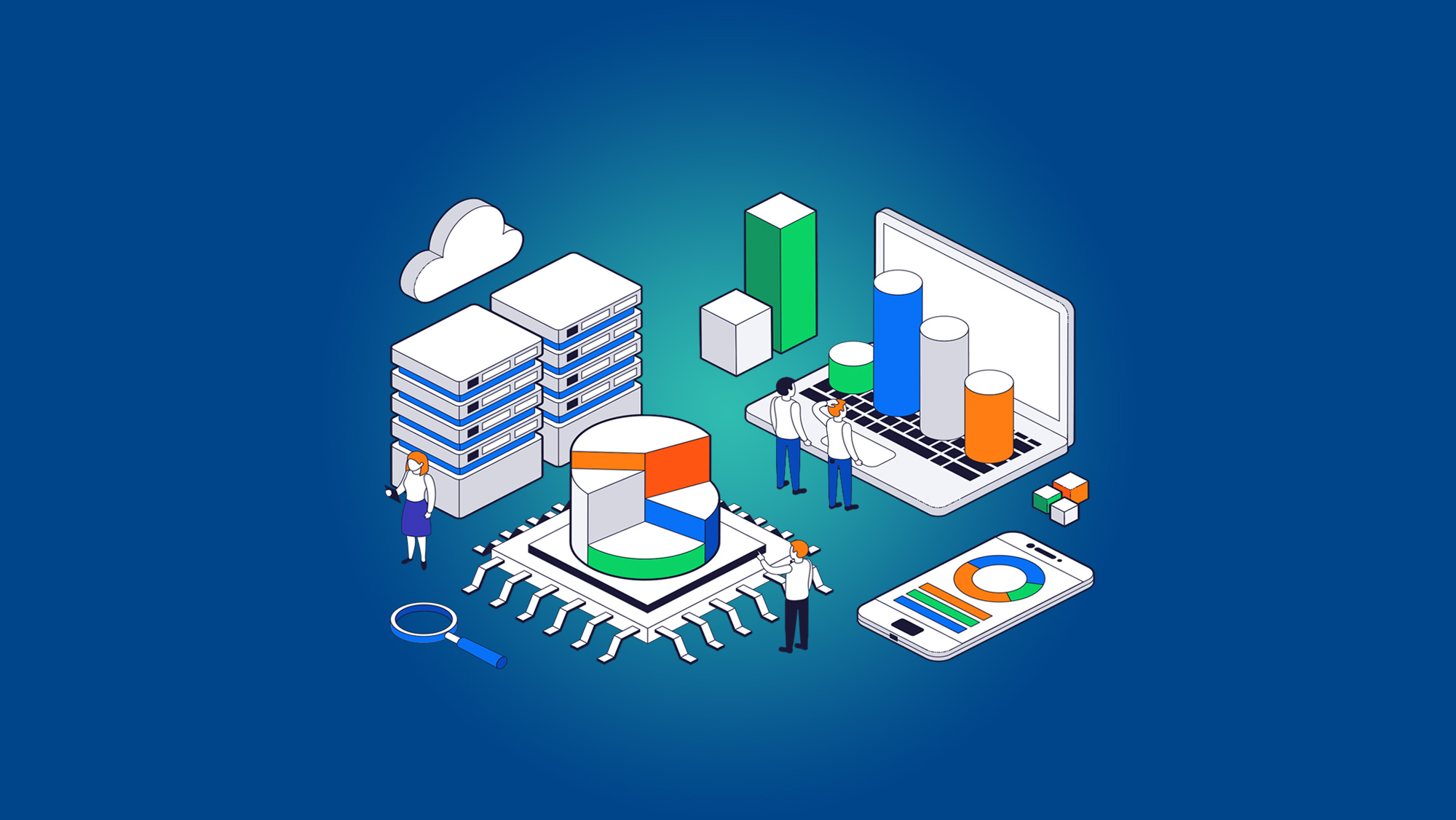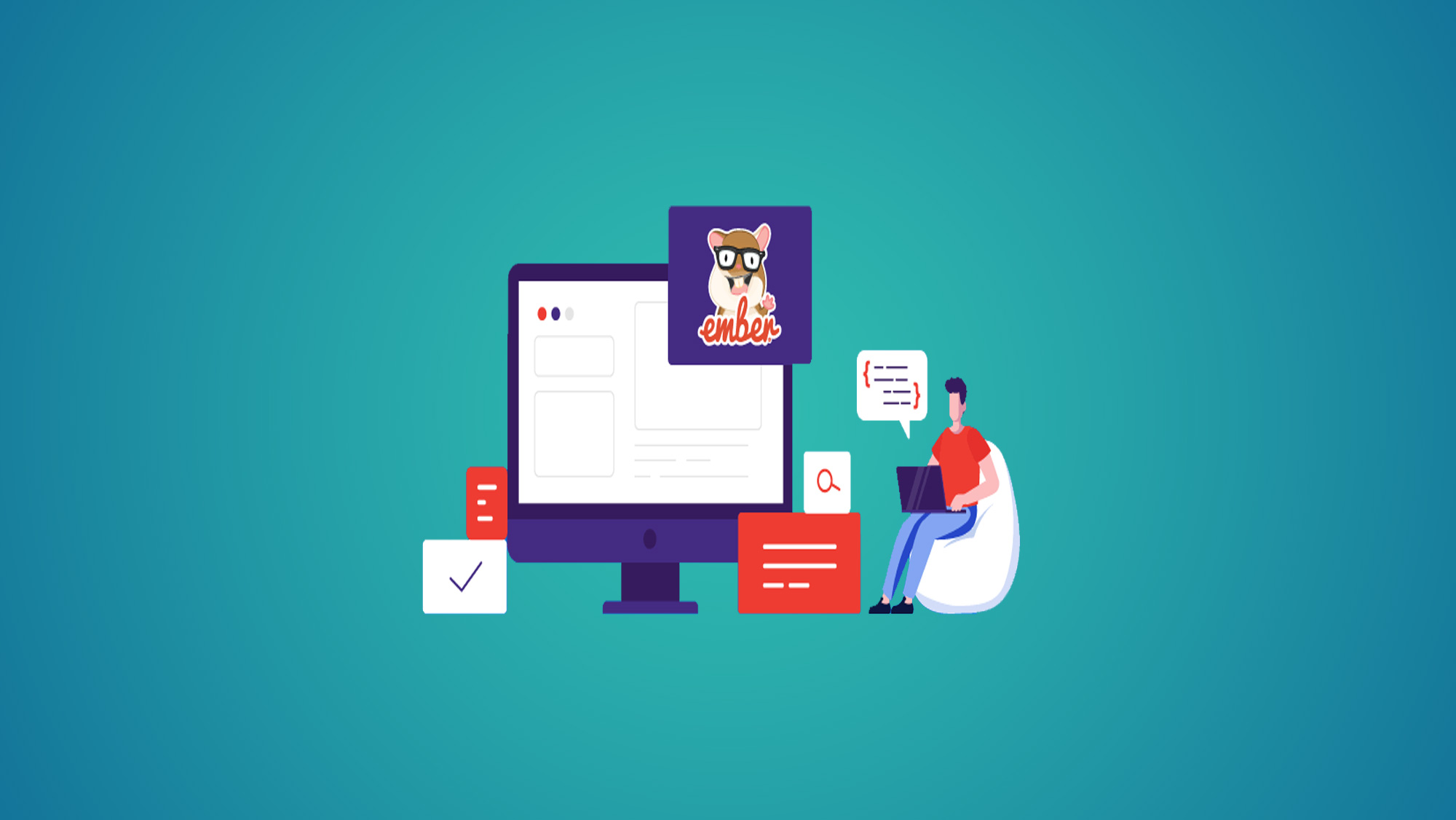Everything You Need To Know About Adobe Illustrator Training
Introduction
In the realm of graphic design and creative visualization, Adobe Illustrator stands as an essential tool that has transformed the way artists, designers, and illustrators bring their visions to life. Whether you're a novice looking to explore the world of digital art or a professional seeking to refine your skills, Adobe Illustrator training can be a game-changer. In this comprehensive guide, we'll delve into the world of Adobe Illustrator training, covering everything from its importance to the key skills and resources to help you succeed.
Why Adobe Illustrator Training Matters:
Key Skills Covered in Adobe Illustrator Training:
How does Adobe Illustrator work?
Why is Adobe Illustrator Training important?
Who Can do Adobe Illustrator
Why Adobe Illustrator Training Matters:
Adobe Illustrator is a vector-based graphic design software known for its versatility and precision. It's used for creating everything from logos and icons to intricate illustrations and typography. The software's depth and complexity can be overwhelming, making training essential for harnessing its full potential. Proper training not only unlocks the creative possibilities but also enhances your efficiency and productivity.
Key Skills Covered in Adobe Illustrator Training:
- Understanding the Interface: Adobe Illustrator has a unique interface that includes tools, panels, and options. Training helps you become familiar with these elements, allowing you to navigate the software with ease.
- Mastering Pen Tool: The Pen tool is Illustrator's most powerful feature, enabling you to create complex shapes and paths. Training teaches you how to control curves, anchor points, and handles to achieve precision.
- Working with Layers: Layers are crucial for organizing your artwork. Training will guide you through layer management, grouping, and using layers to create complex compositions.
- Creating and Editing Shapes: Learn to create basic shapes and transform them using various tools such as Pathfinder, Shape Builder, and the Transform panel.
- Typography and Text Effects: Adobe Illustrator is renowned for its typography capabilities. Training covers everything from setting type to creating text effects and working with fonts.
- Color Theory and Gradients: Understand the principles of color theory and learn to use gradients effectively to add depth and dimension to your artwork.
- Illustrator Effects and Filters: Explore various effects and filters to add texture, shadows, and other visual enhancements to your designs.
How does Adobe Illustrator work?
Adobe Illustrator is a powerful vector graphics software used primarily for creating and editing scalable vector-based artwork. Unlike raster-based graphics (which use pixels), vector graphics are based on mathematical equations, allowing them to be resized without any loss of quality. Here's how Adobe Illustrator works:
- Vector Graphics: Adobe Illustrator is designed to work with vector graphics. Vector graphics consist of points, lines, curves, and shapes defined by mathematical formulas. These elements are stored as objects with attributes like position, size, color, and more. Because of their mathematical nature, vector graphics can be scaled up or down without losing clarity, making Illustrator ideal for tasks like creating logos, icons, illustrations, and typography.
- Workspace: When you open Adobe Illustrator, you're presented with a workspace that includes various panels, tools, and menus. The interface is designed to provide you with the tools you need to create, edit, and manipulate vector graphics effectively.
- Tools and Panels: Adobe Illustrator offers a wide range of tools and panels to create and edit vector artwork. Some essential tools include the Pen tool (for drawing paths and shapes), Selection tool (for selecting and moving objects), Type tool (for adding text), and Shape tools (for creating basic geometric shapes). Panels provide options for adjusting colors, layers, brushes, and more.
- Paths and Shapes: The Pen tool is at the heart of Adobe Illustrator. You can create paths and shapes by placing anchor points and manipulating the handles that control the curvature between those points. Paths can be open (lines) or closed (shapes). Shapes can be further customized using tools like the Direct Selection tool, which allows you to adjust anchor points and handles.
- Color and Fills: Illustrator offers a wide range of color options. You can fill shapes with solid colors, gradients, or patterns. The Color panel and Swatches panel provide options for selecting, creating, and managing colors in your artwork.
- Layers: Layers in Illustrator help organize your artwork. Each layer can contain different objects or elements. Layers are useful for managing complex illustrations and ensuring that different elements don't interfere with each other.
- Effects and Filters: Illustrator includes various effects and filters that you can apply to objects, such as shadows, glows, and distortions. These effects can add depth and texture to your artwork.
- Export and Formats: Once your artwork is complete, you can export it in various formats, such as PDF, SVG (Scalable Vector Graphics), EPS (Encapsulated PostScript), and more. These formats are ideal for printing, web use, and other applications.
- Integration with Other Adobe Products: Adobe Illustrator is part of the Adobe Creative Cloud suite, which means it integrates seamlessly with other Adobe software like Photoshop and InDesign. This integration allows you to work on complex projects that involve both vector and raster graphics.
Why is Adobe Illustrator Training important?
Adobe Illustrator training is crucial for a variety of reasons, especially for individuals looking to work in graphic design, illustration, and other creative fields. Here's why Adobe Illustrator training is important:
1. Unleash Creative Potential: Adobe Illustrator is a sophisticated software with a wide range of tools and features that can seem overwhelming to beginners. Proper training helps you understand how to use these tools effectively, enabling you to translate your creative ideas into visually appealing and professional designs.
2. Mastering the Interface: Adobe Illustrator has a unique interface with various panels, tools, and options. Training helps you become familiar with the interface, allowing you to navigate the software efficiently. Understanding where tools are located and how panels function enhances your workflow.
3. Efficient Workflow: Knowing how to use Illustrator efficiently saves time and frustration. Training teaches you shortcuts, techniques, and best practices that speed up your design process, enabling you to meet deadlines and work more productively.
4. Quality and Consistency: Proper training ensures that your designs maintain a high level of quality and consistency. You'll learn how to create precise shapes, accurate paths, and clean lines, resulting in polished artwork that stands out.
5. Specialized Techniques: Illustrator offers a multitude of specialized techniques such as creating logos, typography, icons, infographics, and more. Training helps you understand these techniques, allowing you to develop expertise in specific areas of graphic design.
6. Vector Mastery: Adobe Illustrator is a vector-based software, and understanding vector graphics is fundamental. Training teaches you to create scalable artwork that can be resized without loss of quality, a crucial skill for logos, illustrations, and print materials.
7. Industry Standard: Adobe Illustrator is an industry-standard software used by professional graphic designers, illustrators, and artists worldwide. Learning Illustrator makes you more marketable in creative industries and increases your employability.
8. Creative Problem-Solving: Training in Illustrator encourages creative problem-solving. As you encounter different design challenges, you'll learn how to use the software's tools creatively to find solutions.
9. Expanding Skill Set: Even if you have experience in other design software, learning Illustrator expands your skill set and equips you to handle a broader range of design projects.
10. Career Advancement: Proficiency in Adobe Illustrator can lead to career advancement opportunities. Many design roles, from graphic designers to illustrators, require Illustrator skills. Training makes you a more attractive candidate for these positions.
11. Stay Up-to-Date: Adobe Illustrator undergoes updates and improvements regularly. Training ensures you're up-to-date with the latest features, keeping your skills relevant and competitive.
Who Can do Adobe Illustrator
Adobe Illustrator is a versatile graphic design software that can be used by a wide range of individuals, from beginners to professionals, across various industries. Here are some groups of people who can benefit from learning and using Adobe Illustrator:
- Graphic Designers: Graphic designers use Adobe Illustrator to create logos, posters, flyers, brochures, packaging designs, and more. Illustrator's vector-based capabilities make it an essential tool for creating scalable and high-quality graphics.
- Illustrators and Artists: Illustrators and artists use Illustrator to create digital illustrations, drawings, and paintings. Its precision and versatility make it an ideal tool for creating intricate and detailed artwork.
- Web Designers: Web designers use Illustrator to create web graphics, icons, banners, and other visual elements for websites. Illustrator's vector graphics can easily be converted to web-compatible formats without losing quality.
- UI/UX Designers: User interface (UI) and user experience (UX) designers use Illustrator to design app interfaces, wireframes, and prototypes. Its tools are perfect for creating clean and organized layouts.
- Fashion and Textile Designers: Fashion designers and textile artists use Illustrator to create patterns, textile designs, and fashion illustrations. Its tools like the Pen tool and Shape tools are ideal for designing intricate patterns.
- Print Designers: Print designers use Illustrator to create designs for printed materials such as business cards, stationery, magazines, and book covers. Illustrator's vector graphics ensure that the designs remain sharp even when printed at various sizes.
- Animators and Motion Graphics Artists: Illustrator is often used in conjunction with animation software to create vector-based animations and motion graphics. Animators can create characters, scenes, and assets in Illustrator before animating them in other software.
- Architects and Interior Designers: Architects and interior designers use Illustrator to create vector-based floor plans, schematics, and diagrams. The software's precision and measurement tools are useful for accurate design representations.
- Educators: Educators can use Adobe Illustrator to teach design concepts and techniques to students. It's a valuable tool for introducing students to graphic design, illustration, and visual communication.
- Hobbyists and Enthusiasts: Even if you're not pursuing a professional career in design, learning Illustrator can be a rewarding hobby. It allows you to create personal artwork, greeting cards, custom designs, and more.
Conclusion
Adobe Illustrator training is an investment that pays off in enhanced creativity, improved design skills, and the ability to bring your artistic visions to life. Whether you're a graphic designer, illustrator, or someone interested in the world of digital art, mastering Adobe Illustrator opens up a world of creative possibilities. By understanding its interface, honing key skills, and utilizing various training resources, you can embark on a journey of artistic growth and proficiency in the exciting realm of graphic design.
You May Also Like
These Related Stories

Everything You Need To Know About Adobe Captivate Training

From Data to Action: Harnessing the Potential of Microsoft BI Training



No Comments Yet
Let us know what you think